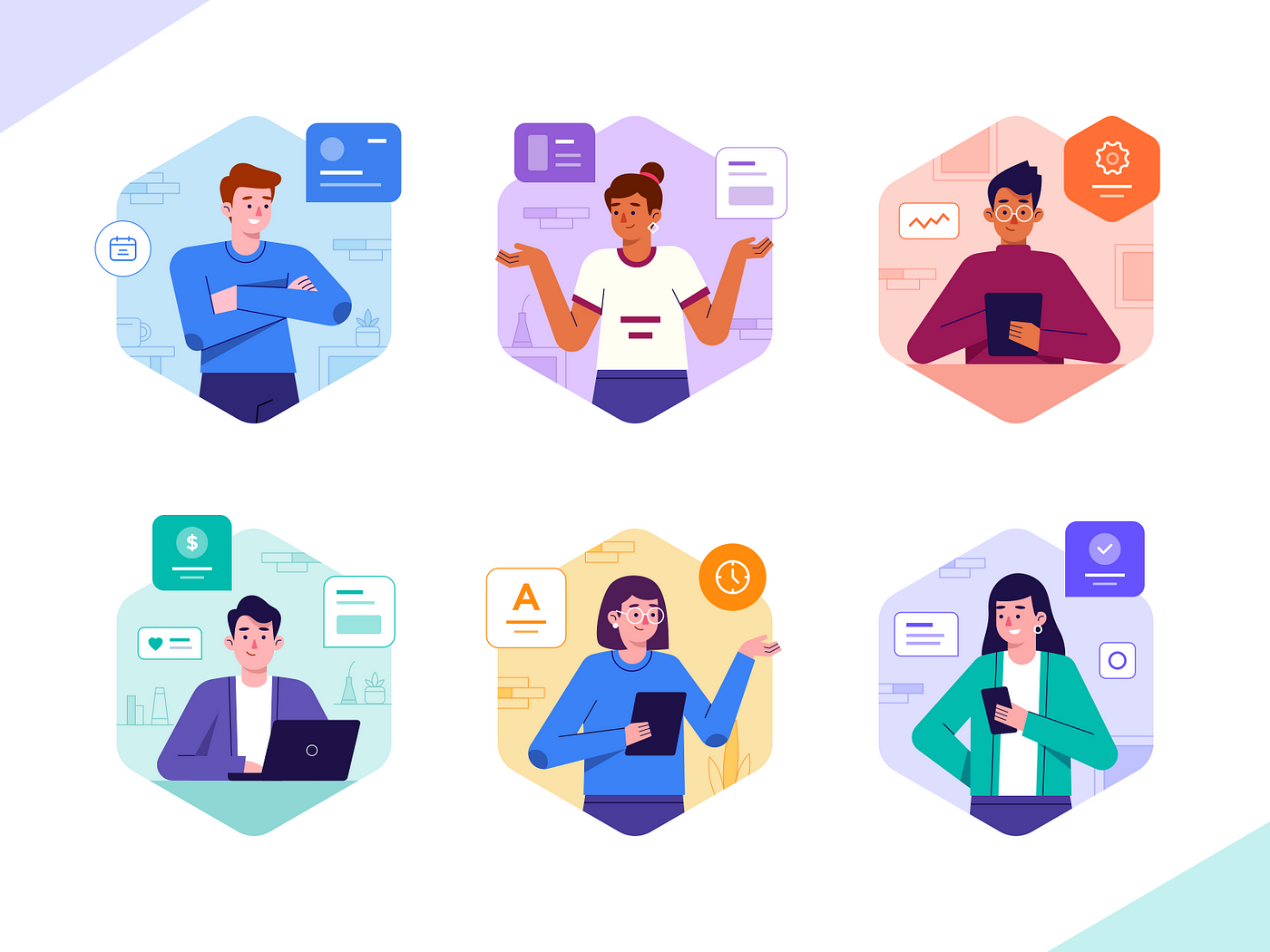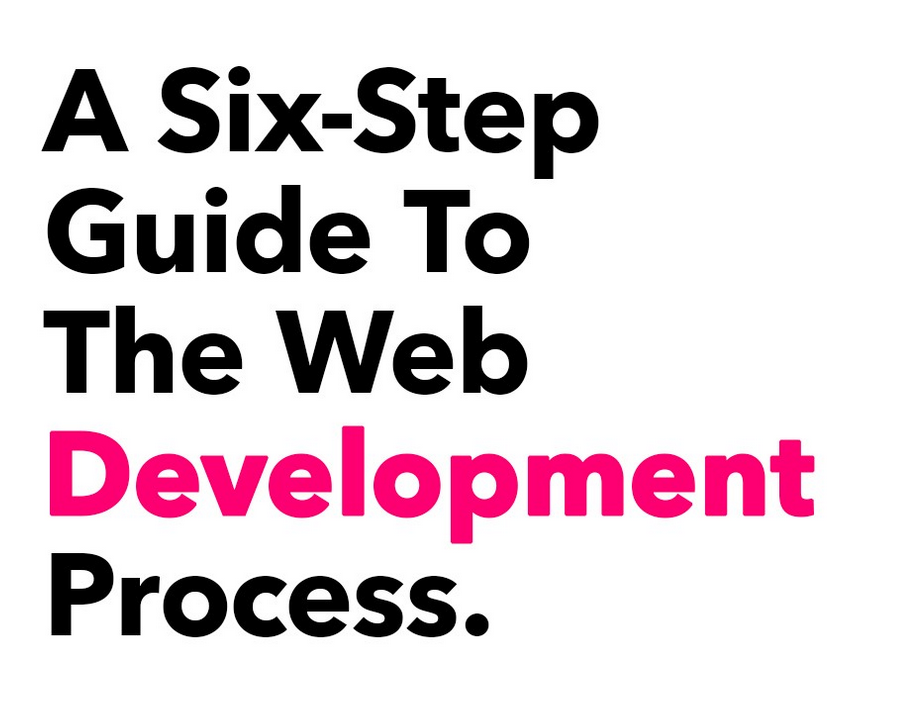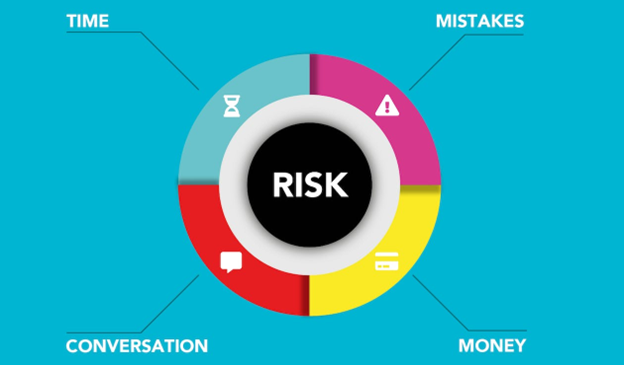The user experience (UX) hinges on your ability to understand your users. Their unique needs, preferences, and behaviors should guide you when UX testing for software or website efficacy. This can drive crucial design decisions and ultimately lead to better, more user-friendly products. Learn how to pinpoint your target customers while ensuring diverse feedback and aligning your UX goals with overall business objectives.
The Importance of Understanding Target Users for UX
Obtaining deep knowledge of your users allows you to design products for them with precision, as well as tweak those products along the way. Your users will likely stay the same in some aspects over time but, like everything, their needs and preferences may ebb and flow. When you establish a connection with your user base, you can be agile and create experiences that not only resonate with them but solve their problems in real time.
By acquiring accurate user insights, your business and products will benefit greatly. Better usability, higher user satisfaction, and increased adoption rates are all positive steps for company morale and your bottom line. User-centered design (UCD) prioritizes users throughout the design process but ultimately benefits the entire team. UCD drives innovation, reduces errors along the way, and helps bring customers back time and time again.
Empathetic UX design can give you a leg up on competitors. By stepping into the users’ shoes, you gain deeper insights into their emotions, motivations, and pain points — and you can tailor your offerings to them, specifically. Having empathy in UCD leads to more compassionate, inclusive, and enjoyable user experiences across the board.
Align UX Goals With Business Objectives
While UCD and UX testing are heavily focused on the customer, you must ensure that your UX goals align with broader business objectives. For example, you may want to increase conversions. A well-designed and thoroughly tested UX streamlines the path from landing page to product purchase or signup. Clear navigation, intuitive forms, and clear calls-to-action are all aspects of UX design that you can test for conversion rate improvement.
Another goal example that applies to both UX and your overall business is reducing support tickets. This hinges on your UX design’s ability to satisfy user intent. A well-designed user interface minimizes the need for users to reach out and ask questions or report issues. Testing buttons, text, chatbots, FAQ pages, and informative error messages are all part of UX testing that contributes to customer satisfaction.
Ensuring these goals are aligned involves collaboration between UX designers, product managers, and stakeholders. Iteration planning is important for all parties to visualize the timeline and resources necessary for achieving long-term goals. Set goals with members from each department and assign tasks to relevant parties, ensuring each team’s capacity for added work. Creating an iterative process allows you to all be on the same page with one single truth and identical definitions for goals during UX testing and business growth.
Create User Personas
A key element of your iterative process is a universal user persona. User personas are ideal representations of your target users, allowing everyone on your team to get a clear picture of who they’re designing for. This should encapsulate their characteristics, needs, motivations, and behaviors. You can even name the fictional user to humanize them and make planning more personalized and empathetic.
To create these personas, it’s important to conduct thorough UX research. Rather than deciding on random traits, look at existing data. Consider the following key aspects of your user base when creating a user persona:
- Demographics: statistics on age, gender, location, education, and socioeconomic status;
- Behavior patterns: how users interact with your product, such as tasks, page clicks, and pain points;
- Goals: user objectives that motivate them to use your product, including interests, hobbies, and professional goals;
- Scenarios: actual interactions with your product, such as signups or using your software to complete a task.
When collecting this information, strive to reduce biases as much as possible. You and your team may have a predetermined image of your typical user in your head — forgo that and listen to the data you collect. Get an idea of what industry your target user will be in, as well as how they will use the product on a daily basis. The more you can align these personas with your product’s purpose, the better.
Map the User Journey
Once you have an idea of your target customers and why they will use your product, you can start to think about the user journey. Creating user journey maps allows you and your team to visualize the entire user experience. This includes their actions, emotions, and critical touchpoints throughout their time spent interacting with your product or service. Stages typically include discovery, onboarding, conversion, usage, support contacts, additional purchases, and potential exit or attrition. This can help you and your team identify roadblocks or reasons for issues like subscription cancellations.
Recruit Representative Users and Collect Feedback
Along with your user personas, you should involve customers in product testing. You can check out your customer relationship management (CRM) system to identify the users most likely to benefit your UX testing process. The CRM software can also give you valuable insight into their behavior. For example, you can select the most involved, loyal customers and track the stages in their customer journey. This way, you can try to replicate that for a larger number of users.
In addition to honing in on the most active users, you should aim to recruit diverse participants for the most valuable UX feedback. Diverse demographics can be reached by tapping into your social media following or segmented user groups. Sometimes, singling out certain demographics can dwindle your sample size. However, it’s important to have diverse perspectives to grow those segments and gain larger samples in the future.
UX testing benefits from user feedback during early design stages, regular use, and exits. Offering relevant rewards to your users can entice them to provide feedback in the form of surveys or even one-on-one calls with your team. Make sure to track qualitative and quantitative data to ensure your team has a holistic picture of the user experience. Efficient communication with teams will involve regular meetings, shared interfaces with relevant, digestible data, and opportunities for internal feedback. This is important for everyone to be on the same page with user feedback during testing.
Moving Forward
UX testing should be a continuous process. You can and should adjust your user persona as your user preferences and needs shift and grow. Check-ins with teams to ensure business goals are still aligning with UX goals are crucial. By staying user-centric for the long haul, you can refine your product to truly resonate with your customers.
![]() Give feedback about this article
Give feedback about this article
Were sorry to hear about that, give us a chance to improve.








